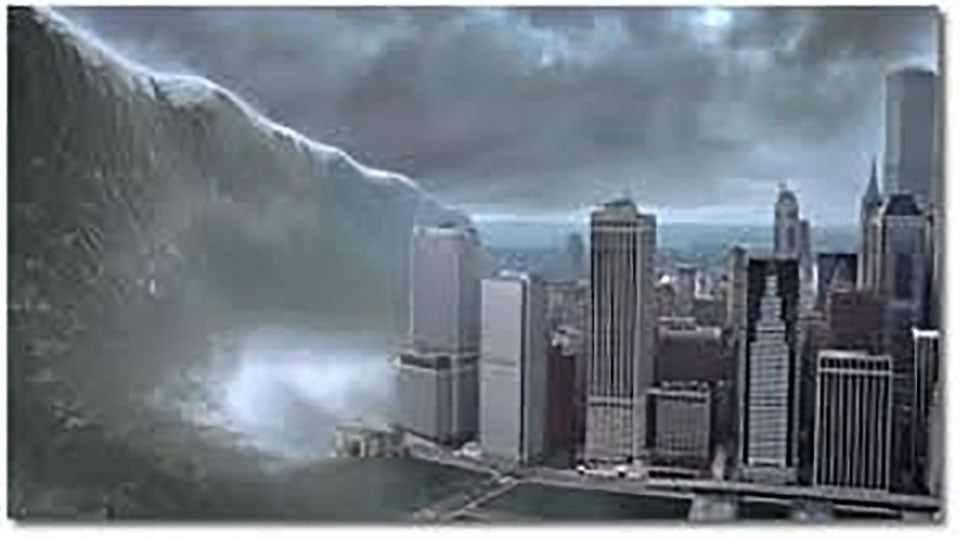Megathrust - The Cascadia Subduction Zone's Potential Devastation
“No community on the planet is adequately prepared for a major subduction zone earthquake,” observes Dan Douthit, spokesman for the Portland Bureau of Emergency Management (PBEM)."
That says a lot when coming from an official whose city is at risk of a subduction earthquake. A megathrust is a quake of 9 or greater on the Richter Scale. That amount of power is unfathomable. Have a look at our illustration of the Richter Scale where we view it in terms of dollars.
As a point of reference, the 2011 Tohoku Earthquake in Japan was a 9 magnitude that occurred offshore. It resulted in:
- 15,897 confirmed deaths
- 2,532 people missing
- $360 Billion of damage
- 229,000 people still displaced four years later
The magazine City Journal published this article that takes a deep look into what a quake from the Cascadia Subduction Zone could mean to the Pacific Northwest.
"The megathrust quake could strike at any time. Not even the most hardcore adrenaline junkies will want to be anywhere near when it does. 'It will be', says Andrew Phelps, director of the Oregon Office of Emergency Management, 'the worst natural disaster in American history.'"
Following are excerpts from the article:
"Of the three West Coast states, Oregon is the most vulnerable. 'We’re less prepared here,' says geologic-hazard analyst John Bauer of the Oregon Department of Geology and Mineral Industries (DOGAMI). 'Washington has had more earthquakes recently, so they’re better prepared, and California, too, of course. We didn’t adopt a culture of preparation until the mid-1990s.' Portland is also closer to the subduction zone than Seattle or Vancouver, so it will experience more violent ground shaking. And the Oregon coast is considerably more populated than anywhere else in the tsunami’s path.
When it happens, the earth will slip by roughly 60 feet along a rupture zone more than 600 miles long, unzipping the sea floor at roughly two miles per second and convulsing the West Coast for as long as five minutes. Bridges will fall. Wet soil will liquefy. Brick and masonry buildings will shatter. Skyscrapers built before modern earthquake codes may topple. City centers in Portland, Seattle, and Vancouver will be buried beneath glass shards and rubble. Everything underground—water mains, natural gas pipes—will be crushed.
Land that has bulged upward from tectonic pressure for the past 300 or so years will collapse to baseline, permanently altering the topography and plunging low-lying coastal areas into the ocean. The inland Cascade Mountains will knock the knees out from under the earthquake, but numerous landslides will occur, especially on roads built with a 'cut and fill' method, where flat slabs get cut out of rock walls and smoothed over with soft fill.
Just a few minutes after the quake finally stops, the second hammer blow will strike. Tsunami waves up to 50 feet high will rip the face of the coastal region clean off the map, pulverizing everything and killing everyone in their path.
'There will be constant ground rumbling for a month or two.' 'We’re expecting tens of magnitude 7s, scores of magnitude 6s, and hundreds of magnitude 5s,' says Jay Wilson, resilience coordinator for Clackamas County in Oregon."
The question then is what to do? It sounds basic. Get prepared. Have a go-bag and follow the plan you have practiced. If you feel an earthquake in a city that's subject to tsunamis, get to higher ground immediately.
https://www.city-journal.org/pacific-earthquakes



